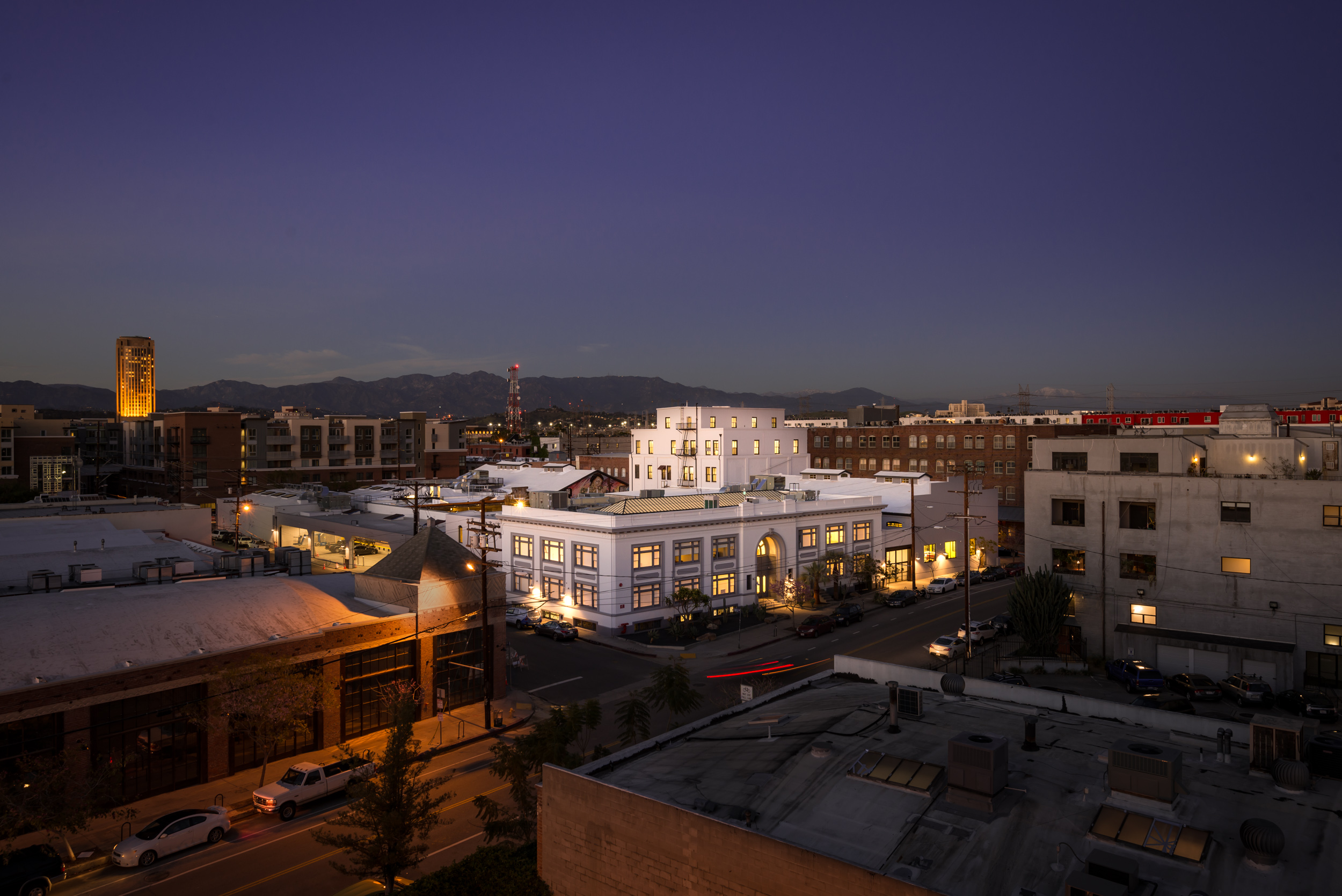Words by Marc Haefele, Senior Arts Writer, Bermudez Projects
In just over two months, this outpost of the Swiss gallery mega-syndicate Hauser & Wirth, which administers galleries in London, Zurich and New York, plus an art farm in rural England, has attracted 40,000 visitors, says the gallery’s Communications Director Erin Connors. It includes or will include a bookstore, a research room, an education area, a garden, plus an expansive center court and restaurant. A titanic hybrid of museum and art gallery, it intends to present powerful, museum grade art shows to the public at no charge. It is in fact a private-side museum.
Of course, much of the art will be for sale. For the current show, however, 80 percent is on temporary loan, so you can’t buy it.
There is a slight, hovering paradox here, in that the “Schimmel” in the Los Angeles subsidiary’s name is Paul Schimmel, former curator of MOCA. Schimmel has, however, been quoted as saying he’s out of the commercial end of things here.
Surely this prodigious museum-gallery is a monument to the outflung market for and commercial viability of modern art. Particularly in Los Angeles, where normal-sized galleries are proliferating like yogurt shops and Costcos abound, an art megastore was probably inevitable. If so, we are fortunate to have one as ambitious, commodious and aesthetically pleasing as Hauser, Wirth & Schimmel. With a maiden show as challenging and intriguing as Revolution in the Making: Abstract Sculpture by Women – 1947-2016, co-curated by Schimmel and Jenni Sorkin, we can hope for Hauser, Wirth & Schimmel to provide stimulating input into our LA art environment.
Incidentally, Ms. Connors was asked whether it was really necessary, this far into the 21st century, to do a woman-only show of modern sculpture. She noted that at the show’s opening, several male attendees misidentified the woman sculptors present as wives of the actual artists. So I guess the answer is a regrettable “yes.”
The current show traces the importance of woman sculptors in modern art for the past 70 years. Obvious great pioneers are Louise Nevelson; Louise Bourgeois; Lee Bonticou; Claire Falkenstein and Ruth Asawa (whose work stood out in the Hammer’s recent Leap Before You Look exhibit) – each of them a prime mid-century innovator. The range and dissimilarities of the artists’ work seen here astound you. Bonticou’s sinister eroticisms snap and snarl off the walls. Bourgeois’ creations flaunt craftswomanship and vision and even sometimes charm. Falkenstein’s baroque wire cages enclose livid objects that seem to represent a wide range of thoughts and emotions; Nevelson’s work is gloriously architectonic. Asawa’s hanging, basket-woven shapes can resemble artistic blown glass. These women, according to the catalog, generally had little contact with one another. But to viewers, they experience very well together.
There is very much else by 30 important subsequent artists that will delight, dwell in or even desolate you. And it is all free. You can get there by Gold Line. The Little Tokyo-Arts District stop is just a brief walk away.
(Courtesy of Hauser & Wirth; Photo: Joshua Targownik / targophoto.com)






